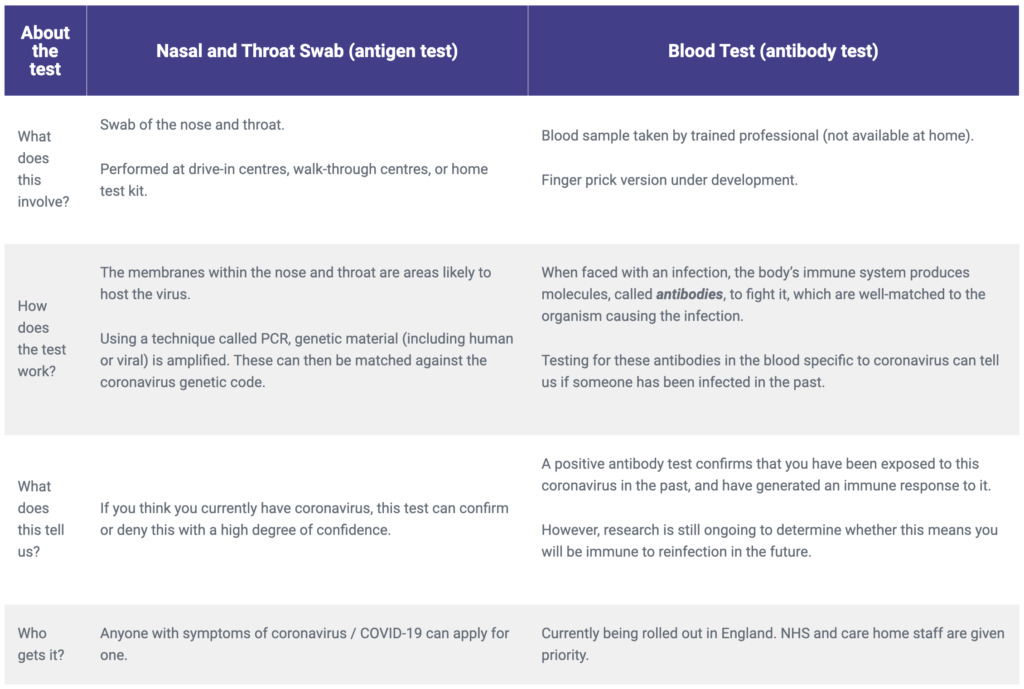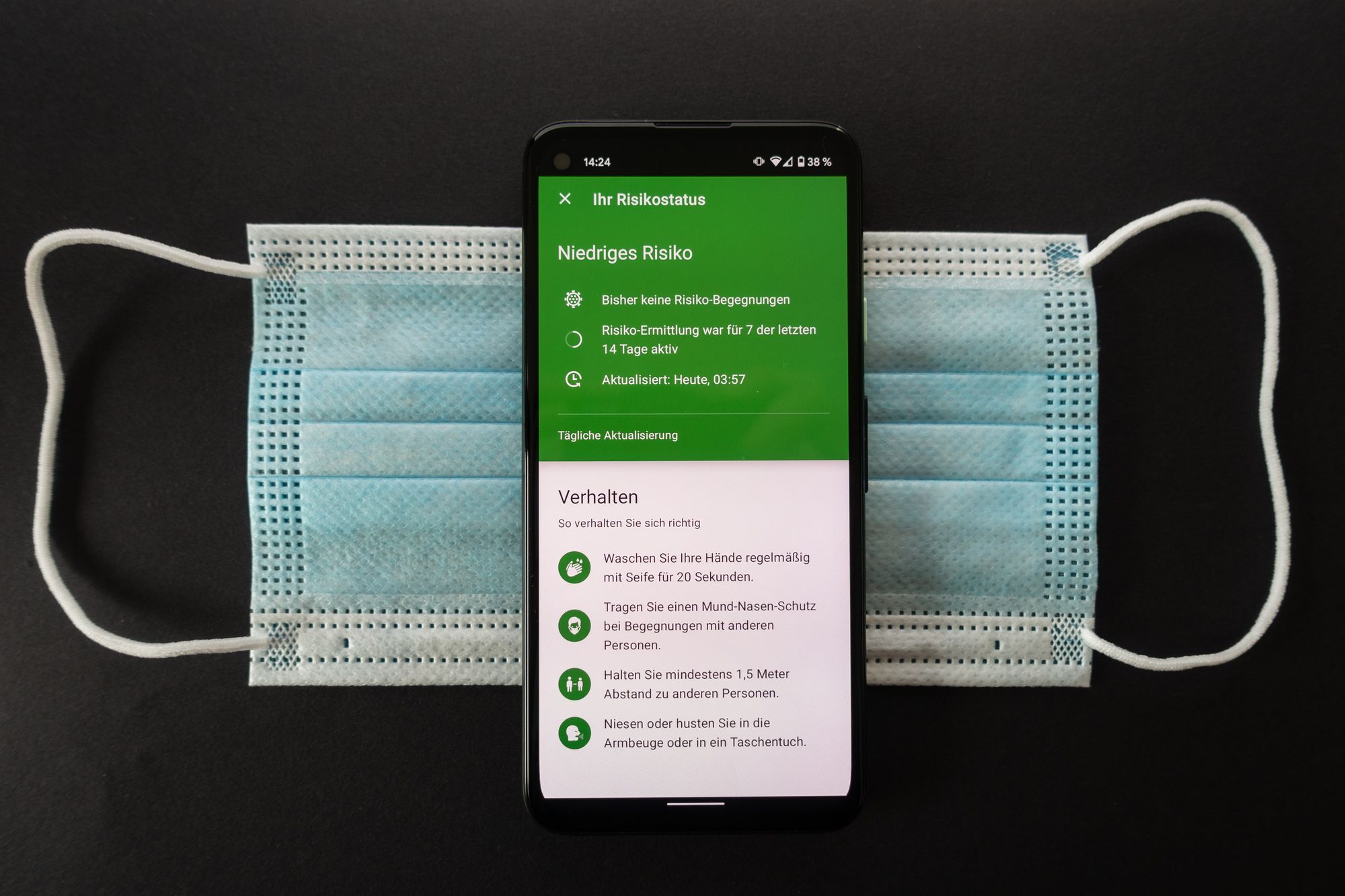Welcome to another post in the Hot Talk Thursday blog series, where we explore topical issues in medicine. Last week’s post (which you can find here) explored the ethics of organ donation, in particular the move towards an opt-out system.
This week we explore the use of new contact tracing apps – apps on your phone that can track who you have been in contact with and notify if you, or someone you have met, tests positive for COVID-19.
What is the difference between coronavirus and COVID-19?
The SARS-CoV-2 (expanded name: Severe Acute Respiratory Syndrome Coronavirus 2) is the term used to describe the virus which causes the disease: COVID-19 (Coronavirus disease 2019).
The term coronavirus – from the Latin ‘corona’ which means ‘crown’, describes the microscopic appearance of the virus and its protrusions (see below). SARS-CoV-2 is part of the family of coronavirus, related to the SARS and MERS (Middle East Respiratory Syndrome).


COVID-19 is the infectious disease caused by SARS-CoV-2. It is diagnosed according to the case definition – a tick box list of features that, when present or not present, make a diagnosis of COVID-19 more or less likely. These include clinical features such as a fever, breathlessness and anosmia (loss or change in smell), and radiological features (such as changes seen on x-ray or CT).
Diagnosis of COVID-19 can be suspected when a number of features of the case definition are met and confirmed via testing.
How do coronavirus tests work?
There are two main types of tests available: a nasal swab for the virus, and a blood test for the antibody. While immense research is still underway to determine whether testing positive for either of these means a person will have lasting immunity, we will try to explain the differences between these tests and when they might be helpful.

What is contact tracing, how does it work, and why are we talking about mobile apps?
Contact tracing is a technique used to track the transmission of infectious disease and has been employed to tackle outbreaks such as Ebola, as well as in the community for diseases including tuberculosis, measles, and sexually transmitted infections such as HIV.
This is particularly relevant with COVID-19, as those infected with the virus may not display symptoms for a few days after they are infected, despite being capable of spreading the virus. Contact tracing traces the locations of an infected person, to notify those who have been in contact to reduce further spread.

This has traditionally been done by interviewing the infected person and then contacting any potential contacts over the phone. As you can imagine, this is a resource-intensive process and may not reach all contacts. This is where contact tracing apps come in. By using wireless technologies such as Bluetooth on our phones, apps can keep a record of all phones that have come within a certain distance of someone. Should someone then receive a positive test for coronavirus, all phones and their users that have come in contact within a certain time frame can be notified
The apps’ main advantages are their ability to comprehensively log all potential contacts, and the ease at which tracing and notification can be performed. Given the transmission of COVID-19 via respiratory droplets, as well as the scale with which it has hit the UK, these apps promise to bring contact tracing into the twenty-first century.
However, concerns surrounding privacy and the potential for misuse of such data has been vocally expressed in the media, and revolves around a greater debate regarding the roles and responsibilities of individuals and the government in managing such a public health crisis. For further discussion regarding the ethical issues surrounding the use of such apps, we suggest this article from the BMJ Journal of Medical Ethics.
Further Reading
COVID-19 Case Definitions from the Public Health England (Section 2): here
NHS article on antigen testing: here
Guidance from the UK Government for antibody tests: here
NHS Test and Trace: here
Source: Coronavirus electron microscope image – Wikipedia
Source: Coronavirus Infection Timeline – BBC


Leave a Reply